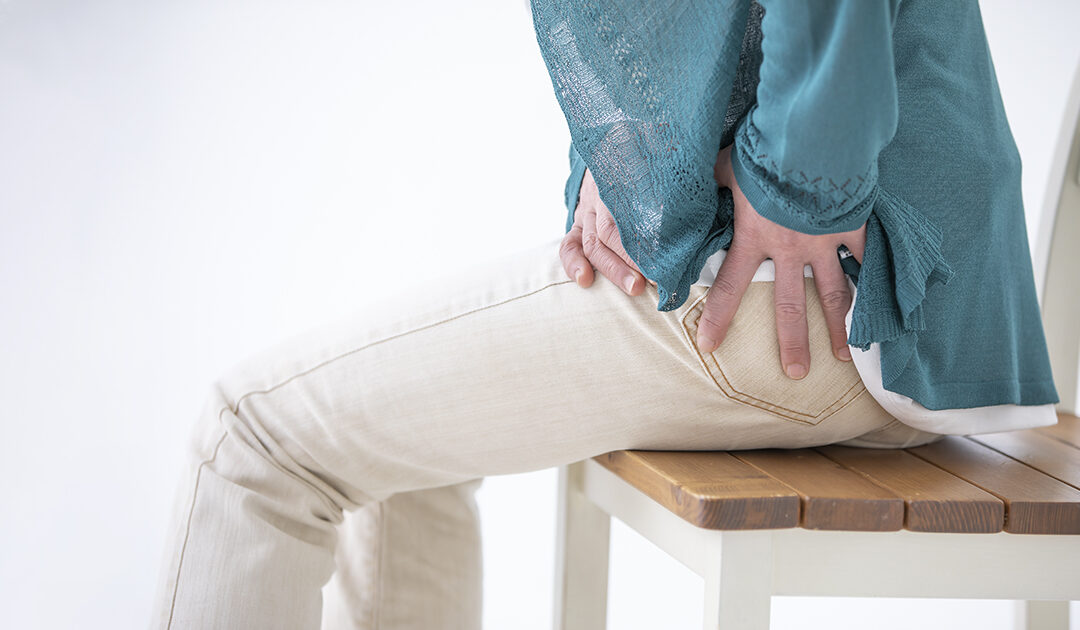
by Comprehensive Orthopaedics | Aug 30, 2022 | pain, Spine, Wellness
When people have backaches bad enough to send them to the doctor, prompt physical therapy may be a wise choice, a new study suggests. Researchers found that when those patients had “early” PT — within a couple weeks of seeing a doctor — they...

by Comprehensive Orthopaedics | Aug 24, 2022 | Anti-aging, Hip
Record numbers of people are turning to plant-based diets to take advantage of the many health benefits they offer, but this may come at the expense of their bones, a new study suggests. Exactly what did researchers find? Middle-aged women who never eat meat may be...




